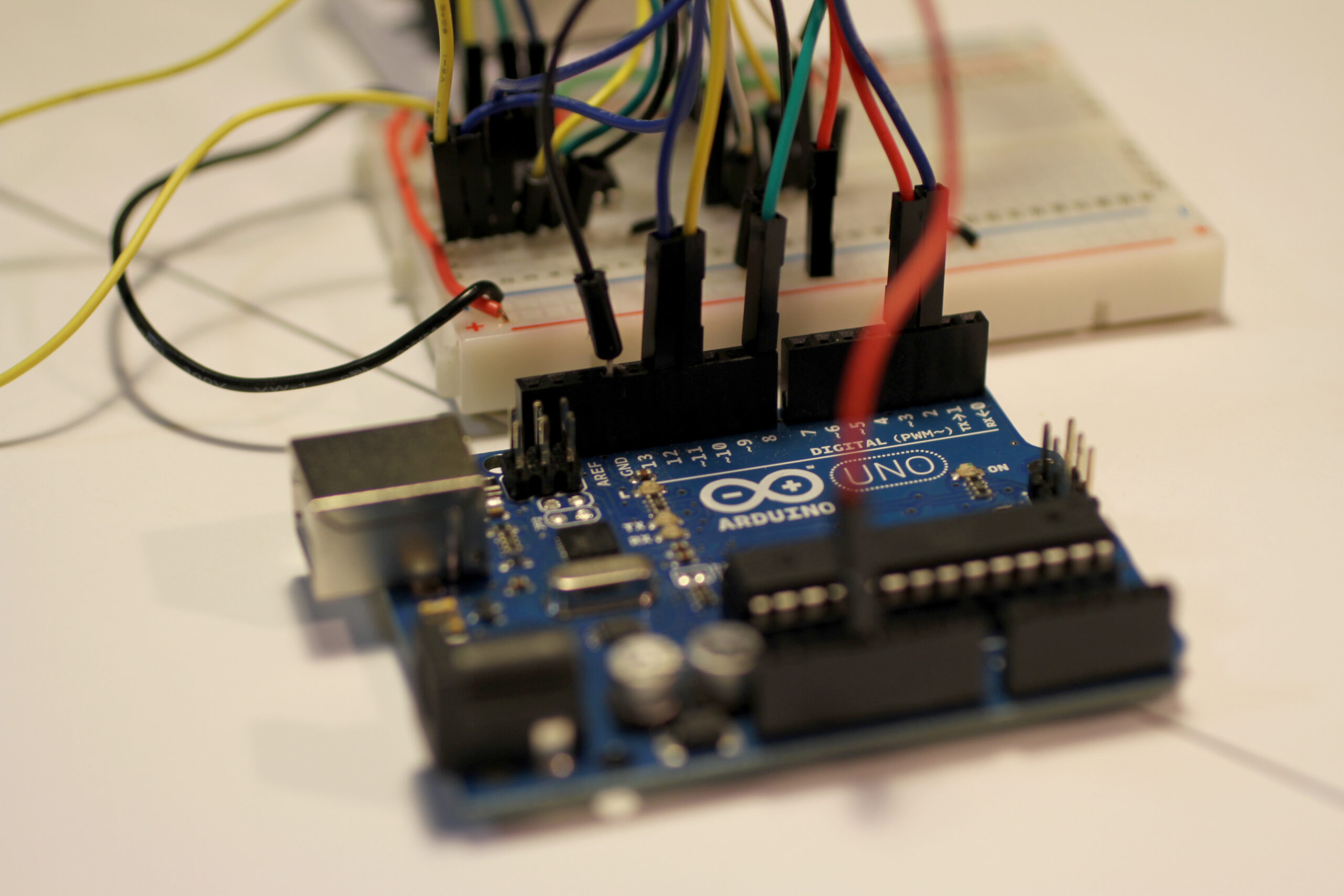Introduction
Arduino Nano, the compact powerhouse in the world of microcontrollers, holds immense potential for beginners in electronics and programming. Its versatility, combined with a user-friendly approach, makes it the perfect choice for those looking to dive into the exciting realm of DIY electronics. In this beginner’s guide, we’ll embark on a journey to explore the magic of Arduino Nano, step by step.
Table of Contents
Getting Started with Arduino Nano
What is Arduino Nano?
Arduino Nano is a small yet powerful microcontroller board that opens up a world of possibilities for creative projects. It boasts a wide range of applications, from robotics to home automation and beyond. Its compact size, cost-effectiveness, and compatibility with a multitude of sensors and actuators make it a go-to choice for makers of all levels.

Workspace Setup
Before we begin our Arduino Nano adventure, let’s ensure we have everything we need. You’ll require the Arduino Nano board itself, a computer with the Arduino IDE installed, USB cables, and a selection of electronic components. Setting up your workspace with these essentials is the first step toward unleashing the magic.
Your First Arduino Nano Project
Selecting a Simple Project
For beginners, choosing the right project is crucial. We recommend starting with something simple yet engaging. Perhaps a basic LED blinking project or a temperature sensor experiment. This way, you’ll gain hands-on experience without feeling overwhelmed.
Step-by-Step Instructions
Now, let’s get to work! Follow our step-by-step instructions to assemble your chosen project. We’ll guide you through the wiring, provide the necessary code, and explain each part of the circuit. You’ll witness the magic of Arduino Nano coming to life as you build your project from scratch.
Understanding Arduino Nano Programming
Introduction to Arduino IDE
The Arduino Integrated Development Environment (IDE) is your gateway to programming Arduino Nano. This user-friendly software simplifies the process of writing and uploading code to your Arduino Nano board. Here’s how you can get started:

- Installation: Begin by downloading and installing the Arduino IDE on your computer. It’s available for Windows, macOS, and Linux.
- Board Setup: Open the Arduino IDE, go to “Tools,” and select your Arduino Nano board model and the correct port. This step ensures that the IDE communicates effectively with your board.
- Example Codes: One of the best ways to learn is by doing. Explore the wealth of example codes that come built-in with the Arduino IDE. These examples cover a wide range of functions and can be a great starting point for your own projects. To access them, go to “File” > “Examples” in the Arduino IDE.
FAQ: Troubleshooting Common Errors
As a beginner, you might run into some common issues while working with Arduino Nano. Here’s a list of frequently asked questions and their solutions to help you troubleshoot common errors:
Q: My Arduino Nano is not recognized by the computer. What should I do?
A: This issue can often be resolved by installing the correct drivers for your Arduino Nano. Ensure that you’ve selected the right board and port in the Arduino IDE. If the problem persists, try using a different USB cable or port.

Q: I’m getting errors when uploading code. How can I fix this?
A: Check your wiring and connections first. Make sure the board is powered and properly connected to your computer. If that’s not the issue, try pressing the reset button on your Arduino Nano just before uploading code. This can help establish a connection.
Q: Why is my code not working as expected?
A: Double-check your code for syntax errors and make sure you’ve selected the correct board and port in the Arduino IDE. Debugging is a normal part of programming, so be patient and methodical in identifying the problem. Start with small, manageable code segments to isolate issues.
Tips for Smoother Project Development
Efficiency is key when working on Arduino Nano projects. Here are some tips to help you streamline your development process:
- Keep Your Workspace Organized: Maintain a tidy workspace with all components, tools, and wires neatly organized. This will save you time searching for items during your projects.
- Document Your Projects: Take notes, photos, or create diagrams of your projects. This documentation can be valuable for troubleshooting and recreating successful projects.
- Version Control: If you’re working on complex projects, consider using version control software like Git. It helps you track changes and collaborate with others effectively.
- Use a Breadboard: When prototyping circuits, use a breadboard to quickly test connections before soldering components together. It allows for easy adjustments and experimentation.
Resources for Further Learning
The world of Arduino Nano is filled with opportunities to learn and grow. Here’s a list of recommended books that can deepen your understanding and expertise:

- “Arduino Starter Kit Manual“ by Arduino: This official guide is perfect for beginners and comes with the Arduino Starter Kit.
- “Exploring Arduino: Tools and Techniques for Engineering Wizardry“ by Jeremy Blum: A comprehensive book that covers various Arduino projects and concepts.
- “Arduino Workshop: A Hands-On Introduction with 65 Projects“ by John Boxall: Ideal for hands-on learners, this book provides step-by-step instructions for a wide range of projects.
- “Arduino For Dummies“ by John Nussey: A beginner-friendly guide that explains Arduino concepts in an easy-to-understand manner.
These books offer in-depth knowledge and practical guidance to enhance your Arduino Nano skills.
Conclusion
In closing, Arduino Nano is a gateway to a world of creativity and innovation. This beginner’s guide has equipped you with the knowledge and skills to embark on your own Arduino Nano adventures. The magic of Arduino Nano awaits—start your journey today and turn your ideas into reality.


Leave a Reply